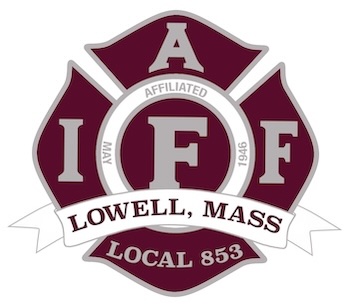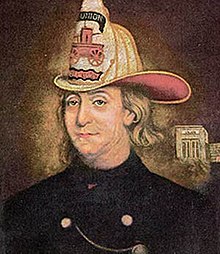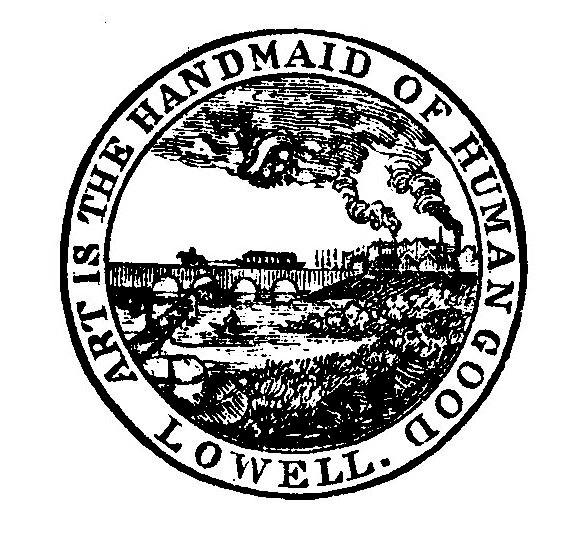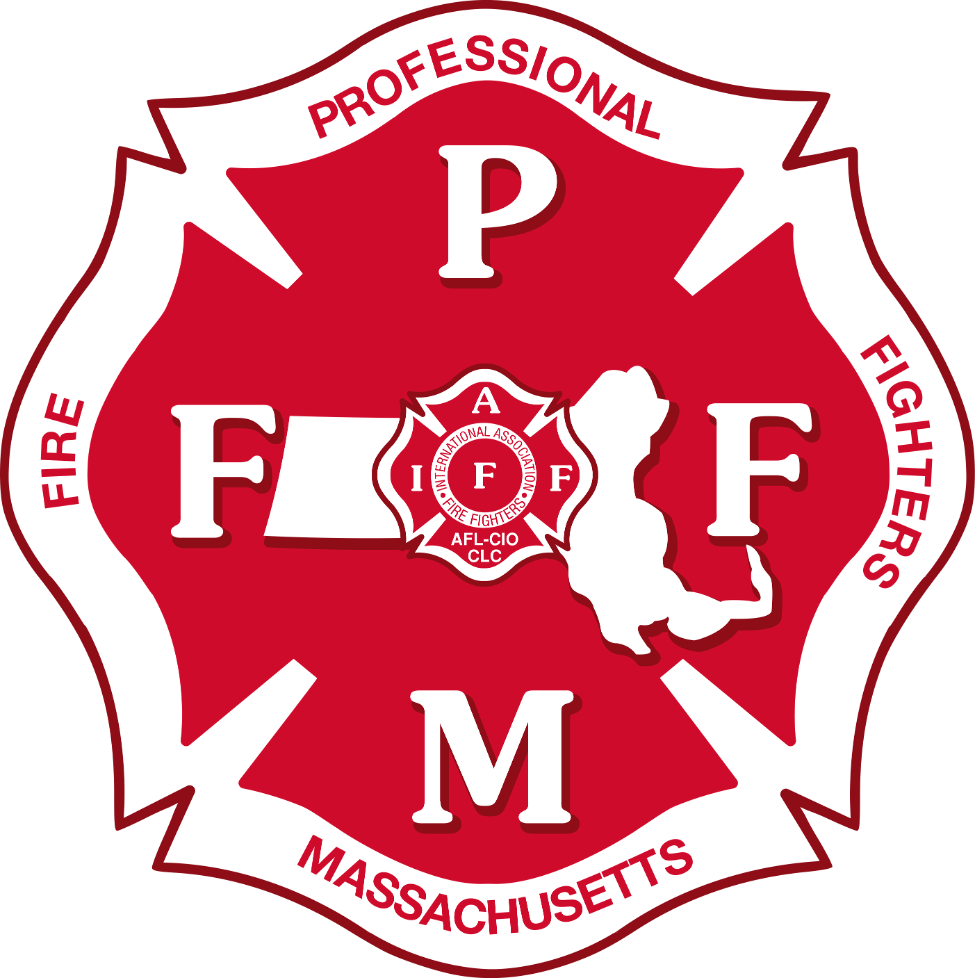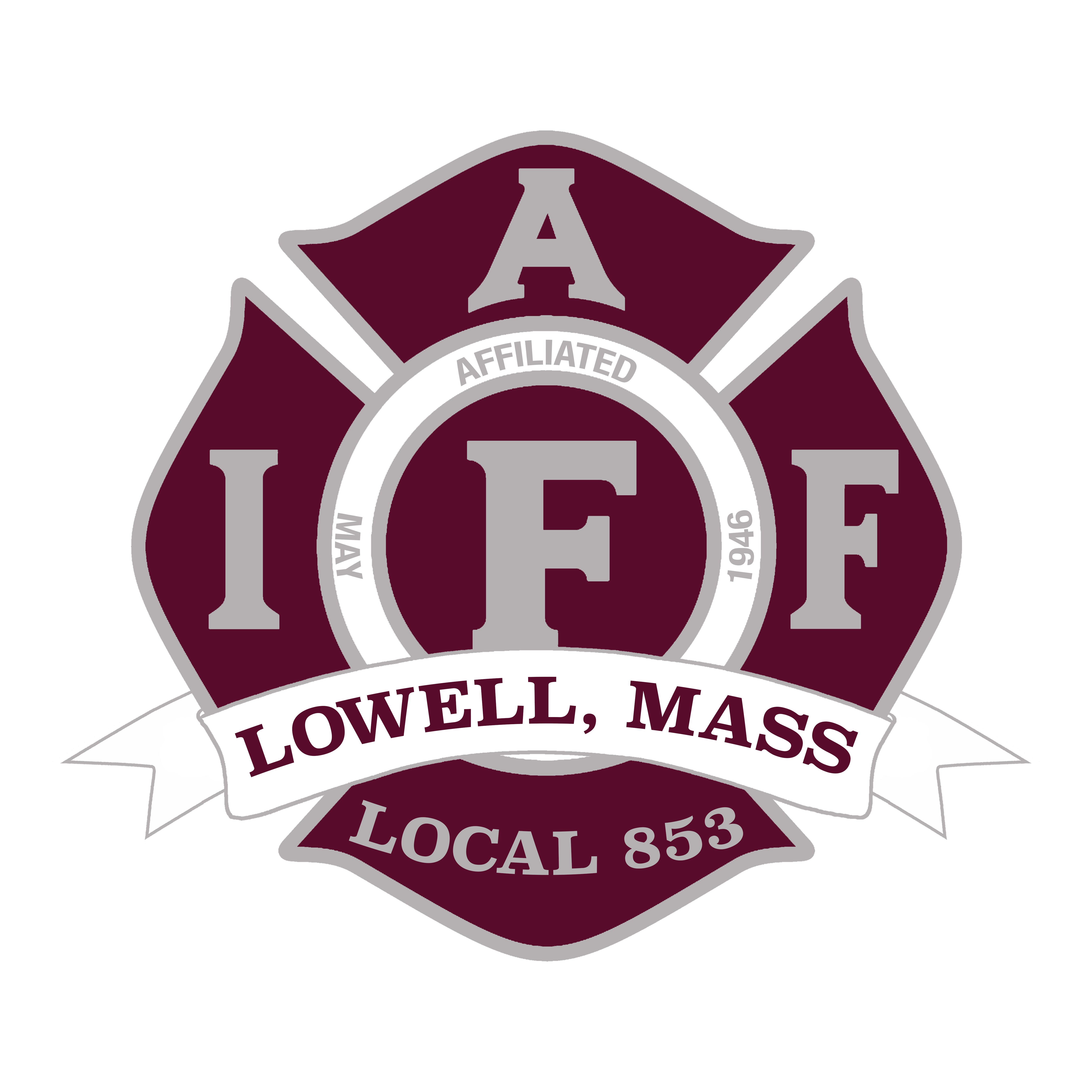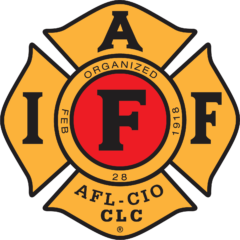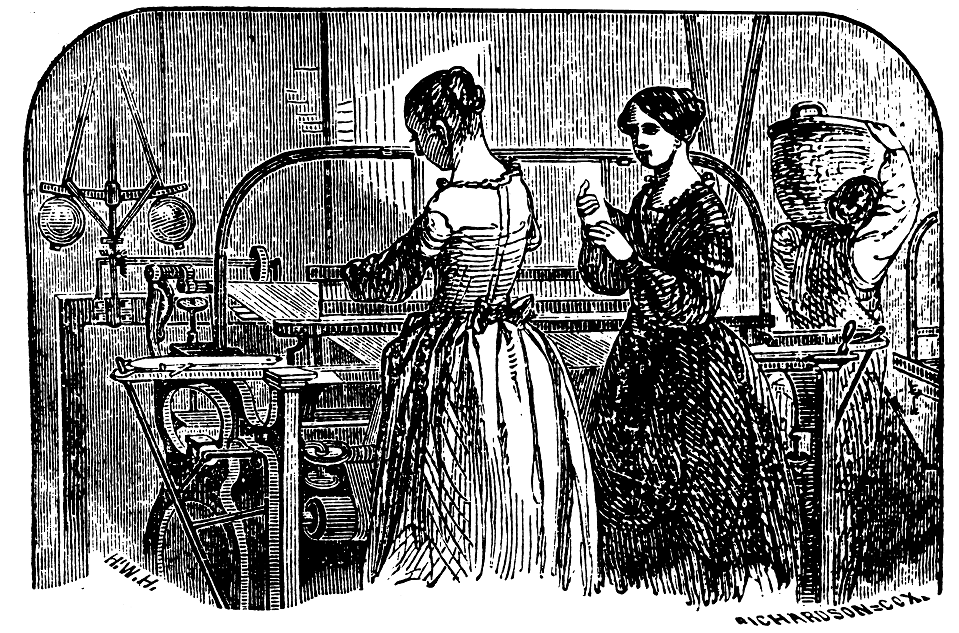The Fire Service in the United States officially dates back to 1736, even before this great Republic was founded. Benjamin Franklin––a former Massachusetts Bay Colonist–– co-founded the Union Fire Company, also known as the Bucket Brigade, in Philadelphia, Pennsylvania. This all-volunteer force of 26 men marked the beginning of organized public fire protection in America. Unlike earlier efforts that focused on protecting private property, the Union Fire Company adopted a whole-community approach to fire and public safety. Franklin advocated for this model after a ship fire on the docks spread to nearby homes that were not covered by private Fire Services. His vision underscored the importance of a communal responsibility in protecting lives and property from fire. With the establishment of the Union Fire Company, several Bucket Brigades and other small scale fire organizations began to develop all over the 13 Original Colonies in promotion of public and fire safety.
For those unfamiliar with unions, the importance of this legacy might not be immediately clear. Labor unions, like the IAFF, are organizations where workers unite to fight for common goals, such as safer working conditions, fair pay, and reasonable hours. The roots of the labor movement in America stretch back to the late 18th century, when groups like the Federal Society of Journeymen Cordwainers in Pennsylvania fought for fair compensation. Early unions often faced opposition from employers and the government. Some members were even prosecuted for their efforts to organize, yet their perseverance laid the foundation for the unions we know today. As the Industrial Revolution swept across the 19th-century United States, factory work became more common, but protections for workers were scarce. Cities like Lowell, Massachusetts, became industrial centers, with factories like the Lawrence Mills exploiting workers through long hours, low wages, and unsafe conditions. Strikes, like the 1834 mill workers’ protest, attempted to improve these circumstances but often failed without sufficient support.
Despite these setbacks, the labor movement grew stronger, culminating in the formation of influential unions like the Knights of Labor, founded in 1869. By the 1880s, this union had grown to over 700,000 members, though internal strife and violent strikes eventually led to its decline. Out of the chaos of the early labor movement rose the American Federation of Labor (AFL), which united skilled laborers from across the country. While many unions formed in response to private industry, public service sectors, like firefighting, also organized. The IAFF emerged as a critical force in advocating for the rights of professional FireFighters. Firefighting, a dangerous job by nature, was historically a volunteer effort until 1853, when Cincinnati, Ohio, established the first professional Fire Department. Following this precedent, other cities began to form full-time Fire Services. However, early professional FireFighters faced harsh working conditions, including long hours, low pay, political favoritism, and inadequate equipment. By the late 19th and early 20th centuries, localized FireFighter unions were forming across North America. Many of these unions aligned with the AFL, even though firefighting was traditionally seen as unskilled labor. With the AFL’s support, these localized efforts eventually coalesced into a national organization—the IAFF. On February 28, 1918, 36 delegates from 24 FireFighter locals, including Boston, MA, gathered in Washington, D.C., to form an international union dedicated to protecting professional FireFighters. At this historic convention, discussions centered around creating a union magazine–– The International FireFighter–– officer salaries, and common goals. The organization’s name was hotly debated, with the IAFF narrowly defeating the proposed name "International Brotherhood of FireFighters." Pittsburgh’s Fire Department, originally AFL Local 11431, became IAFF Local 1 after winning a coin toss against the Chicago Fire Department, which affiliated on the same day. By the end of 1918, 149 locals had joined the IAFF. Since its creation, the IAFF has fought for FireFighter safety, fair pay, and reasonable working hours. In its first convention, over 20 resolutions were proposed, including pension laws, sprinkler systems requirements, and building code inspections. The IAFF quickly gained influence, and within its first ten years, FireFighter wages nearly doubled. The IAFF remained active during difficult periods, such as the Great Depression. Despite the economic downturn, the IAFF successfully lobbied for fire station repairs and salary increases through legislation like the National Industrial Recovery Act. During World War II, the IAFF contributed to the war effort at home and abroad. Canadian IAFF members helped establish firefighting forces to serve in the UK, and in the U.S., many FireFighters left their posts to enlist, while others repurposed old fire engines for scrap metal to aid the war effort. The IAFF also ensured returning FireFighters with disabilities could continue serving in some capacity. In the postwar period, on May 26, 1946, the Lowell Fire Department officially became affiliated with the IAFF as Local 853. Less than a year earlier, six Massachusetts FireFighter locals formed the Associated FireFighters of Massachusetts (AFFM), with Local 853 joining on September 10, 1947. In 1976, the organization was renamed the Professional FireFighters of Massachusetts (PFFM), a name it still holds today. Over the decades, Local 853 has become a key player in Massachusetts’ labor movement, earning a reputation as one of the Commonwealth’s most respected unions. Over the years, the Lowell Fire Department has earned a reputation as one of the finest in the Nation. However, even with our strong legacy, we have faced challenging times, including significant layoffs, firehouse shutdowns, denied raises, political appointments and even–– believe it or not–– the removal of our beds. Despite these difficulties, the support of Local 853, the Professional FireFighters of Massachusetts (PFFM), and the International Association of FireFighters (IAFF) has been crucial in combating unfavorable policies and mitigating their effects. It is undeniable that these organizations have played a key role in shaping the Lowell Fire Department into the powerhouse it is today by steadfastly protecting its members. Through both triumphs and trials, Local 853 has been instrumental in the progress and success of the Lowell Fire Department.
Page Last Updated: Jan 18, 2025 (11:52:23)
|
|
|
| Members |
